The Best Way to Remove Excess Glue from Artificial Turf
Published June 12, 2023
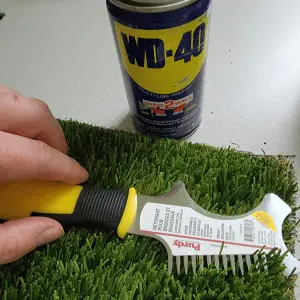
Most seam fabric is 12 inches wide and, ideally, you’ll cover the middle 8 inches with a notched trowel with teeth. (Trowels come with squared off teeth or “pointy” teeth). The simple wooden handled trowels are cheap and readily available at hardware stores. The directions on the glue usually explain this. Then it’s a matter of bending over, or getting on your knees, pouring the glue onto the fabric in consistent amounts, and then using the trowel to spread the glue “bead” evenly over the middle 8 inches of the 12 inch fabric.
Sounds easy right? Here’s the problem. When glue comes in 5 gallon buckets, the buckets are heavy and usually have a flimsy wire handle to carry them. The initial instinct is to remove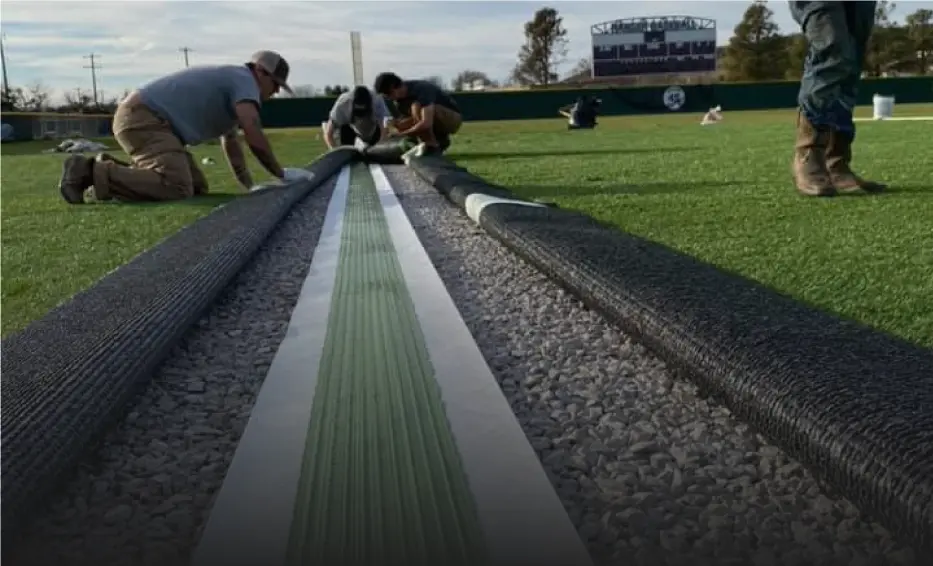
Pro Tip 1: Do Not Overpour in the first place. Do Not Remove the Bucket Lid.
Instead of removing the entire lid from a 5 gallon bucket of glue, take your box cutter and cut a small triangle in the lid, at the midpoint of the wire handle, to allow for more control over the rate of glue AND it’s easier to “aim” for the center of the seam fabric. You’ll need to make another small hole on the opposite side of the lid for air flow, or the glue won’t come out. This also prevents a huge mess, if the bucket gets knocked over for some reason.
Inevitably, there will be some areas in the seam where there is too much glue. When pressing the turf into the glue, the effect is that excess glue will come up through the 2 pieces of turf and get into the fibers. Or sometimes, glue will simply get onto the turf in places. It might drip off the bucket, or someone accidentally steps into the glue and then onto the turf.
Pro Tip 2: Do Not Use Acetone or Mineral Spirits to Remove Excess Glue
Once the glue is on the turf fibers, you can not just wipe it off with a towel. The heavy duty turf glue is IN the fibers and makes the fibers themselves stick together. A common mistake is to buy a solvent, like Mineral
Pro Tip 3: Use WD40 and a Comb


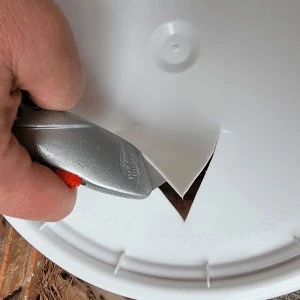
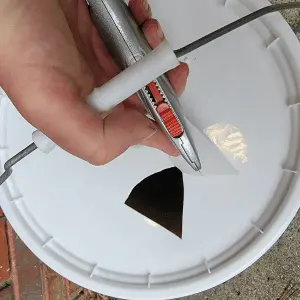
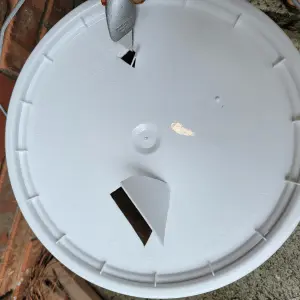
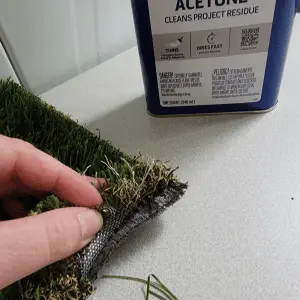
0 Comments